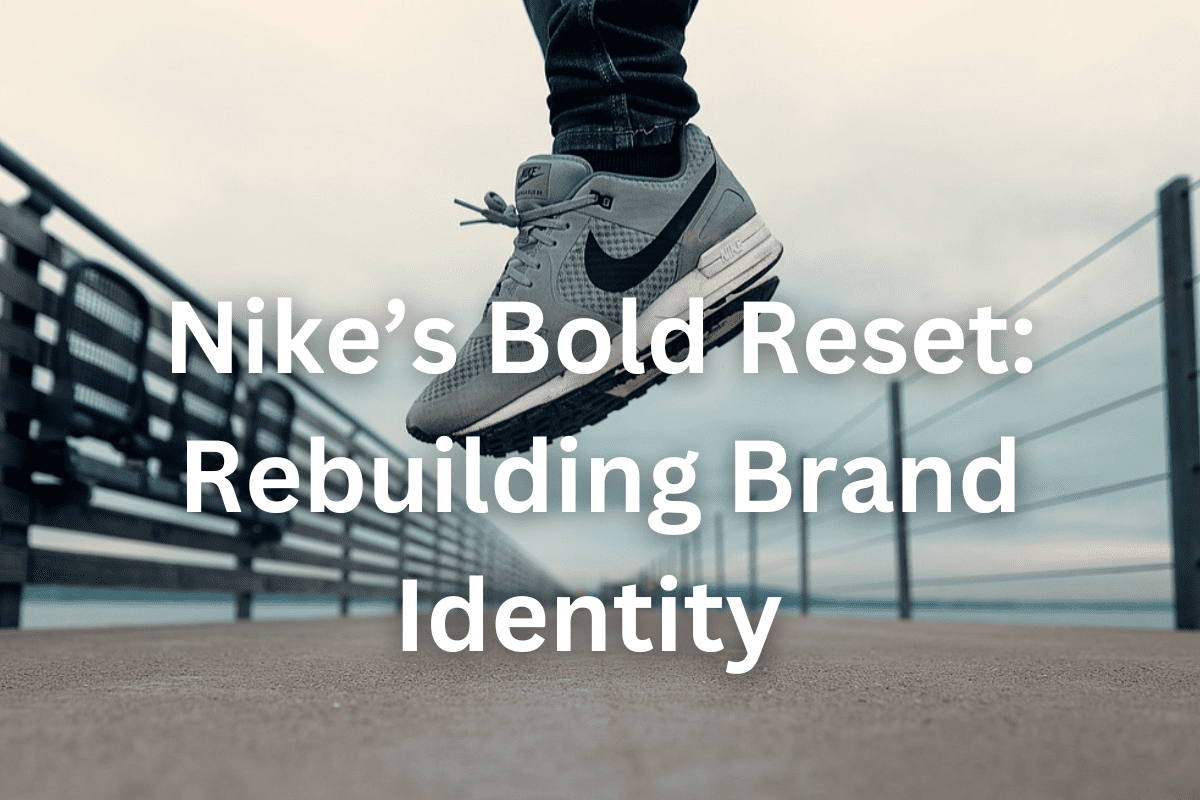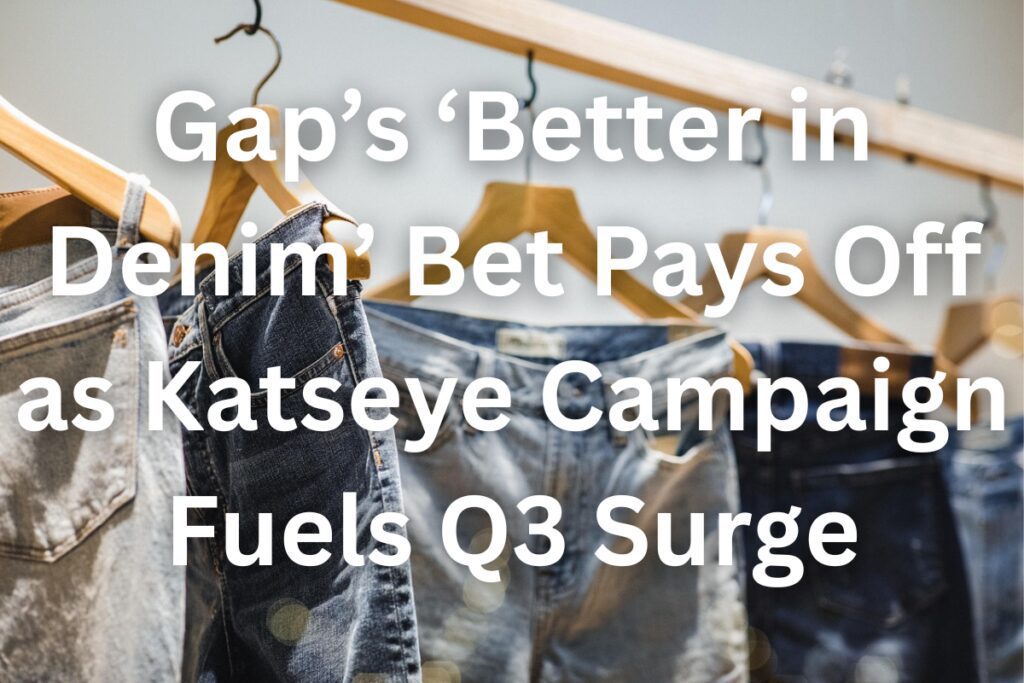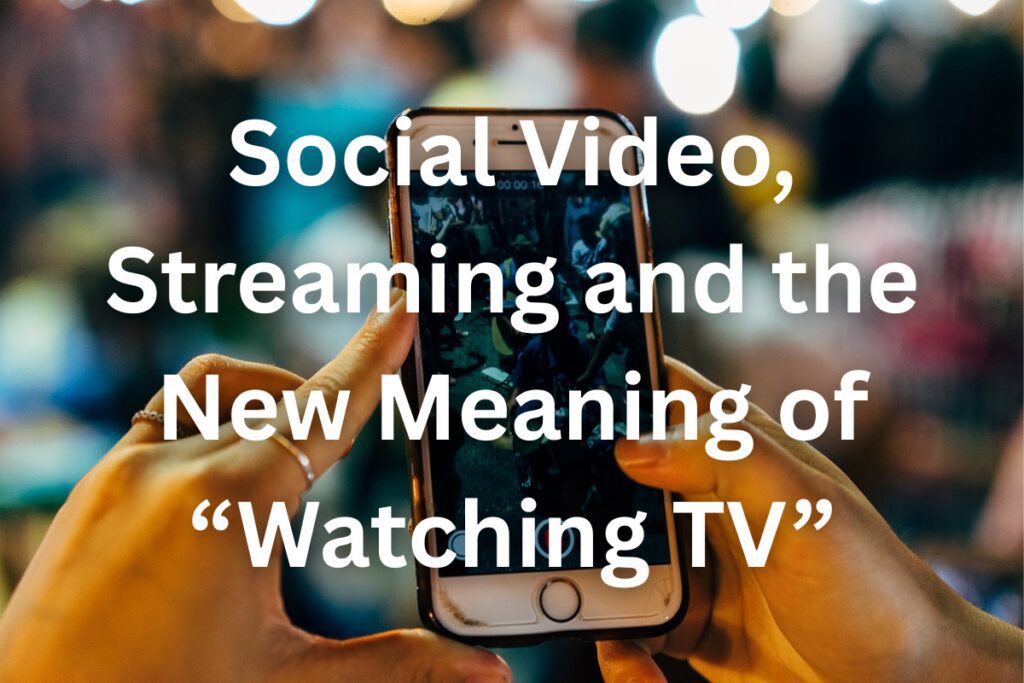Nike, the global sportswear giant, is making strategic changes to regain its footing in a competitive landscape.
After more than a year of focusing heavily on direct-to-consumer (DTC) channels and performance marketing, the company is pivoting to emphasise brand building.
This renewed focus, discussed during its fiscal Q2 2024 earnings call, underscores Nike’s ambition to return to its roots as a cultural and sports icon, despite financial challenges in the quarter.
Declining Revenues and a Changing Approach
For Q2 2024, Nike reported an 8% decline in revenues, reaching $12.4 billion (approximately £9.8 billion). Its Nike Direct digital business fell by 13%, and wholesale revenues slipped by 3%.
These figures highlight the impact of the company’s prior emphasis on performance marketing and heavy promotional activities. Moving forward, Nike is cutting back on these tactics in favor of full-price models and upper-funnel brand-building strategies.
The CFO noted that this change, while not entirely new, represents an accelerated pace of evolution. Liquidating existing inventory and reducing reliance on paid traffic are key steps in the transition.
Furthermore, the focus is now on creating lasting emotional connections with consumers – connections that have historically defined Nike’s brand.
Investing in the Fields of Play
Nike’s leadership remains steadfast in its commitment to sports marketing, a cornerstone of the brand’s identity.
In recent months, Nike has renewed partnerships with leagues and organisations such as the NFL, NBA, WNBA, Brazil Football Confederation, and FC Barcelona. These long-term relationships, combined with a grassroots approach in key countries and cities, are part of Nike’s strategy to engage everyday athletes and influencers.
What’s more, their CEO stressed the importance of investing in fields of play, where innovation and distinction thrive. This commitment ties directly to Nike’s mission of inspiring and innovating for athletes worldwide.
Creative Campaigns That Resonate
Nike’s shift is already bearing fruit in the creative space. The company’s “Winning Isn’t for Everyone” campaign, launched around the Summer Olympics, delivered bold messaging about the relentless drive of elite athletes.
An extension of the campaign, “Winning Isn’t Comfortable,” focused on running and was celebrated as Ad Age’s best campaign of the year.
Executives pointed to these campaigns as evidence that Nike’s refreshed brand-building efforts are striking a chord. The unapologetic messaging reflects the spirit of the athletes Nike seeks to inspire, reinforcing its cultural relevance.
Challenges and Opportunities
Nike’s transition comes at a time when competitors like Hoka are gaining ground in traditional categories such as running.
To counteract this, Nike is focusing on its ground game in key markets, aiming to re-establish connections with consumers at the local level. By revitalising its sports marketing mojo, Nike hopes to reclaim its position in these pivotal segments.
This recalibration, however, requires careful balancing. While cutting back on promotional activities and paid traffic might limit short-term gains, the long-term goal is to foster sustainable growth through a strong, unshakable brand identity.
Conclusion: A Bold Play for the Future
Nike’s renewed focus on brand building marks a return to the principles that made it a cultural and sportswear powerhouse.
By shifting resources from performance marketing to upper-funnel tactics, investing in key partnerships, and rolling out bold campaigns, the company is setting the stage for a more sustainable future.
While challenges remain, Nike’s North Star remains clear: to bring inspiration and innovation to every athlete in the world. With sports as the foundation of its strategy, Nike aims to reenergise its culture and reclaim its distinction as a leader in the global sportswear market.
This bold reset signals not just a shift in tactics but a deeper commitment to the values that define the brand.









